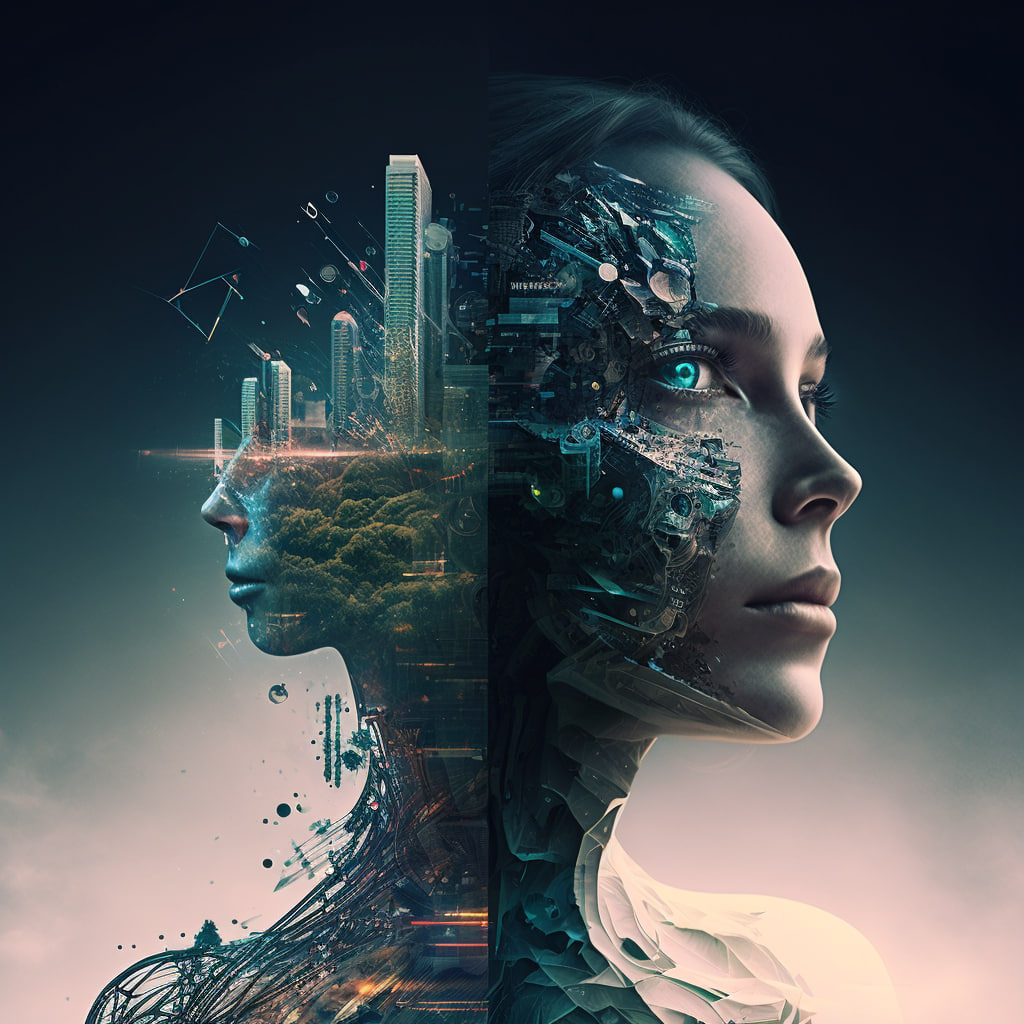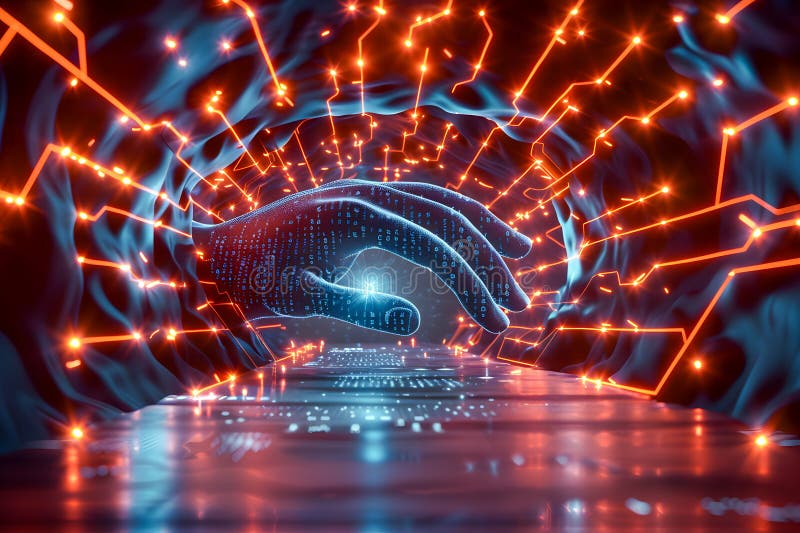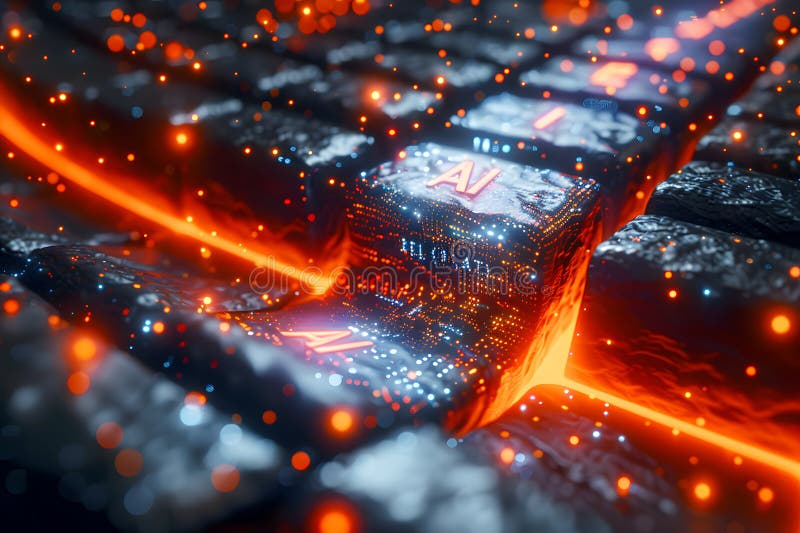AI Free Undress: A controversial tech that's making waves in the digital world! Whether you're into tech trends or just curious about how artificial intelligence is evolving, this topic is worth your time. It's not just about what it does; it's about the ethical, legal, and societal implications that come with it. So, buckle up and let's dive deep into the world of AI Free Undress!
You might’ve heard whispers about this tech floating around online. It’s been the center of debates, discussions, and even outrage. But what exactly is AI Free Undress? Simply put, it’s an AI-driven technology that uses algorithms to digitally remove clothing from images. Sounds wild, right? And yeah, it is. But before we get too carried away, let’s break it down a bit more.
This tech isn’t just some random invention that popped up overnight. It’s part of a larger wave of AI advancements that are shaping how we interact with digital content. From image editing to deepfakes, AI is becoming more sophisticated—and more controversial. So, why is AI Free Undress such a big deal? Well, that’s exactly what we’re here to explore.
Read also:Necati Arabac305 A Rising Star In The Turkish Music Scene
Table of Contents
- What is AI Free Undress?
- How Does It Work?
- The Controversy Surrounding AI Free Undress
- Legal Implications and Regulations
- Ethical Considerations
- Impact on Society
- Potential Use Cases
- Alternatives and Competing Technologies
- The Future of AI Free Undress
- Conclusion: What’s Next?
What is AI Free Undress?
Alright, let’s start with the basics. AI Free Undress is essentially a software or tool powered by artificial intelligence that can digitally manipulate images to remove clothing. This technology leverages machine learning algorithms trained on vast datasets of human anatomy and clothing patterns. The result? An uncanny ability to create realistic images that mimic nudity without the actual person ever being photographed that way.
Now, here’s the kicker: this tech isn’t always used for malicious purposes. In fact, some developers claim it could have legitimate applications in fashion design, medical imaging, or even art. But yeah, we all know where the real controversy lies.
How AI Free Undress Differs from Other AI Tools
What sets AI Free Undress apart from other AI tools is its focus on altering human appearance in a very specific—and sensitive—way. Unlike image filters or photo editors, this tech goes beyond simple enhancements. It delves into the realm of privacy, consent, and personal boundaries. And that’s where things get tricky.
But hey, don’t just take my word for it. Let’s dive deeper into how this tech actually works.
How Does It Work?
So, how exactly does AI Free Undress pull off its magic? Well, it’s all about the algorithms. These bad boys are trained using massive datasets of images—think thousands, if not millions, of photos of people in various outfits. The AI learns to recognize patterns, textures, and shapes, allowing it to "predict" what someone might look like without clothes.
Here’s a quick breakdown:
Read also:Exploring The World Of Sd Movies Point 2 Unveiling The Hidden Gems Of Lowresolution Cinema
- Data Collection: Developers gather tons of images to train the AI. This includes everything from casual snapshots to professional photoshoots.
- Training Phase: The AI analyzes these images to understand how different types of clothing fit different body types.
- Prediction: Once trained, the AI can generate realistic-looking images by replacing clothing with skin tones and textures.
- Output: Voila! You get an altered image that looks eerily close to reality.
Of course, the accuracy depends on the quality of the input data and the sophistication of the algorithm. But as AI continues to evolve, so does its ability to produce increasingly realistic results.
The Controversy Surrounding AI Free Undress
Let’s talk about the elephant in the room. AI Free Undress isn’t exactly a tech everyone’s cheering for. Why? Because it raises some serious ethical and legal concerns. Imagine someone using this tech to create fake images of you without your permission. Sounds scary, right?
The controversy boils down to three main issues:
- Privacy: People have a right to control how their image is used. AI Free Undress undermines that right by allowing others to manipulate photos without consent.
- Consent: Consent is key in any form of digital interaction. Using someone’s likeness without their approval is a violation of basic human rights.
- Reputation: Fake images can damage someone’s reputation, leading to emotional distress, career setbacks, or even legal trouble.
And let’s not forget the potential for misuse. From revenge porn to cyberbullying, the risks are real. That’s why this tech has sparked heated debates worldwide.
Public Reaction and Backlash
When AI Free Undress first hit the scene, it didn’t take long for the backlash to begin. Social media platforms were flooded with outrage, petitions, and calls for regulation. Some tech enthusiasts argued that the tech itself isn’t inherently bad—it’s how people use it that matters. Others weren’t so forgiving, labeling it as a dangerous tool that should be banned altogether.
So, where do we draw the line? That’s the million-dollar question.
Legal Implications and Regulations
Now, let’s talk law. Is AI Free Undress legal? The answer isn’t as straightforward as you might think. Laws regarding digital manipulation vary from country to country. In some places, creating or distributing non-consensual explicit images is illegal. In others, the waters are murky at best.
Here’s a quick look at some key legal considerations:
- Intellectual Property: If the original photo is copyrighted, using it without permission could land you in legal hot water.
- Defamation: Spreading false information through fake images can lead to defamation lawsuits.
- Privacy Laws: Many countries have laws protecting individuals’ right to privacy. Violating these laws can result in hefty fines or jail time.
But here’s the catch: enforcement is tricky. With the internet being a global entity, tracking down offenders and holding them accountable can be a nightmare. That’s why many experts are calling for stricter international regulations.
Ethical Considerations
Let’s step back and think about the bigger picture. Beyond the legalities, there’s the question of ethics. Is it morally right to develop and use technology that can invade someone’s privacy? Or should we focus on the potential benefits and work to mitigate the risks?
Ethical considerations include:
- Respect for Autonomy: Everyone deserves to make decisions about their own body and image.
- Social Responsibility: Tech companies have a responsibility to ensure their products aren’t misused.
- Impact on Vulnerable Groups: Certain groups, such as women and minorities, are more likely to be targeted by this tech. Addressing these disparities is crucial.
At the end of the day, it’s about finding a balance between innovation and responsibility. Easier said than done, but it’s a conversation worth having.
Impact on Society
So, what does all of this mean for society? The impact of AI Free Undress is far-reaching. On one hand, it could revolutionize industries like fashion and healthcare. On the other hand, it poses significant risks to personal privacy and safety.
Consider this: in a world where anyone can manipulate images with ease, how do we know what’s real and what’s not? Trust in digital media is already fragile, and technologies like AI Free Undress only exacerbate the problem.
Changing Perceptions of Reality
As AI continues to blur the lines between reality and fiction, our perception of truth is being tested. This has implications not just for individuals, but for society as a whole. How do we navigate a world where digital manipulation is the norm? And how do we protect ourselves and others from its harmful effects?
These are questions we need to answer if we want to harness the power of AI responsibly.
Potential Use Cases
Despite the controversy, AI Free Undress does have some potential use cases. Of course, these depend on how the tech is implemented and regulated. Here are a few examples:
- Fashion Design: Designers could use AI to visualize how clothing fits on different body types without needing physical models.
- Medical Imaging: Doctors could use the tech to simulate surgeries or analyze skin conditions.
- Artistic Expression: Artists could explore new creative possibilities with AI-driven image manipulation.
But again, the key is responsible use. Without proper safeguards, even the most well-intentioned applications can go awry.
Alternatives and Competing Technologies
Of course, AI Free Undress isn’t the only game in town. There are plenty of other AI tools out there that offer similar capabilities—some more ethical than others. For example, some companies are developing AI that focuses on enhancing rather than altering images. These tools aim to improve photo quality while respecting user privacy.
Competing technologies include:
- AI-Powered Photo Editors: Tools that enhance images without altering their content.
- Privacy-Focused Apps: Platforms designed to protect user data and prevent unauthorized image manipulation.
- Blockchain Solutions: Technologies that use blockchain to track and verify digital assets, ensuring authenticity.
As the tech landscape evolves, we’re likely to see more innovations that strike a balance between functionality and ethics.
The Future of AI Free Undress
So, what’s next for AI Free Undress? Will it continue to spark controversy, or will we find ways to harness its potential responsibly? Only time will tell. But one thing’s for sure: the conversation isn’t going away anytime soon.
As AI becomes more advanced, we’ll need to rethink how we approach digital ethics. This means developing new frameworks for regulation, education, and accountability. It also means fostering a culture of transparency and trust between tech developers and the public.
Towards a Responsible AI Future
The future of AI Free Undress—and AI in general—depends on our ability to navigate these complex issues. By prioritizing ethics, privacy, and consent, we can create technologies that benefit society without causing harm.
But it’s not just up to the tech companies. As consumers, we also have a role to play. By staying informed, advocating for responsible AI practices, and holding developers accountable, we can help shape a future that works for everyone.
Conclusion: What’s Next?
Well, there you have it—a deep dive into the world of AI Free Undress. From its capabilities to its controversies, this tech is a prime example of how AI is shaping our digital future. While it’s not without its flaws, it’s also a testament to the incredible possibilities of artificial intelligence.
So, what can you do? Start by educating yourself about AI and its implications. Stay informed about emerging technologies and their potential impact on society. And most importantly, speak up when you see unethical practices at play.
And hey, don’t forget to share this article with your friends! Together, we can start meaningful conversations about the future of AI and how it affects our lives. So, what are you waiting for? Let’s get talking!


